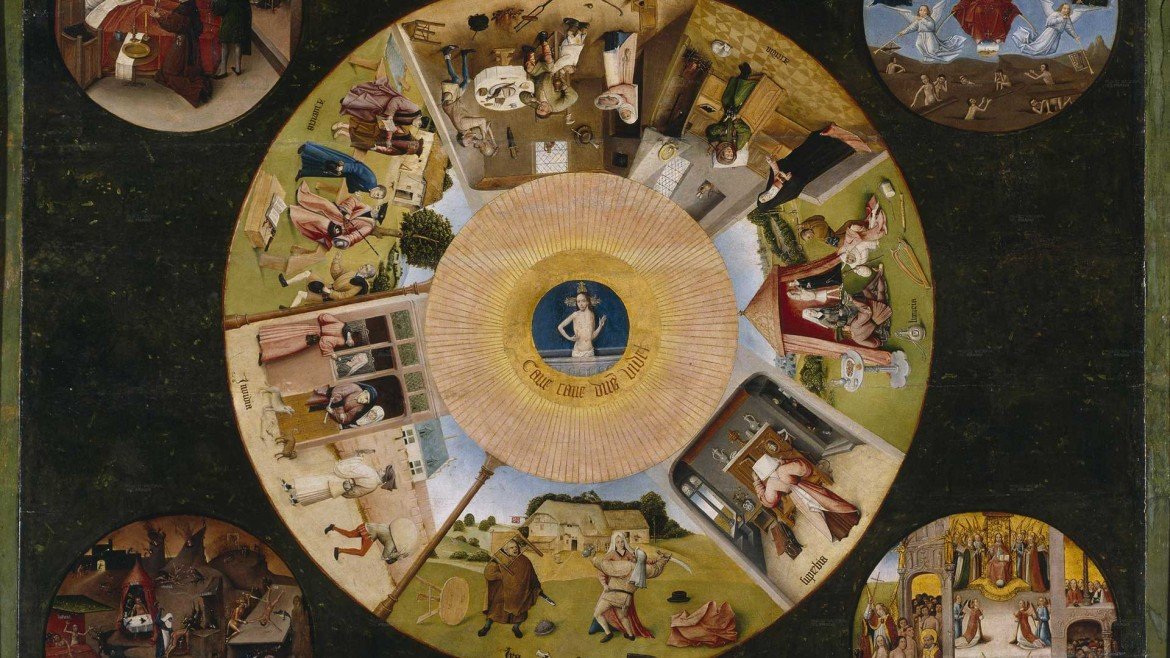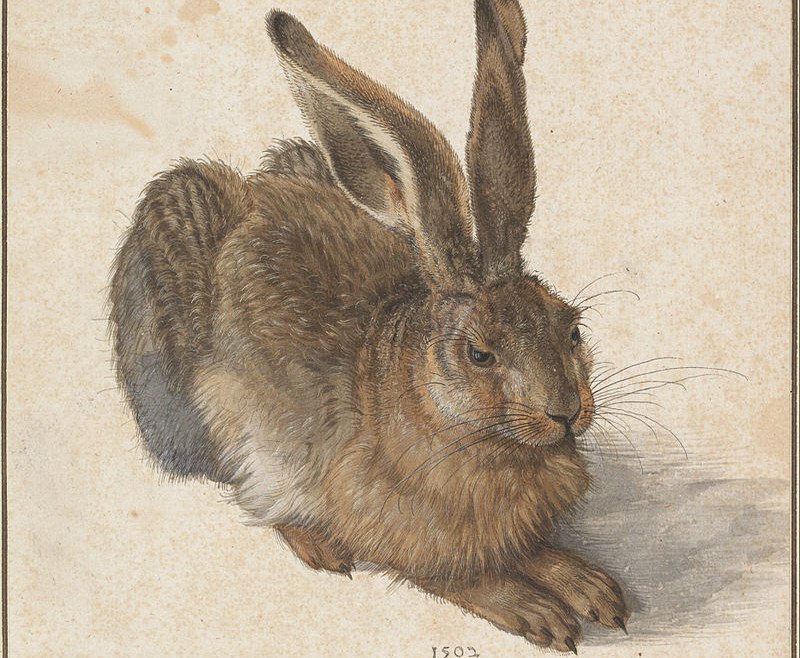Hieronymus Bosch
https://linesandmarks.com/wp-content/uploads/hieronymus-bosch-the-seven-deadly-sins-and-the-four-last-things-1485.jpg 1080 921 Lines & Marks Lines & Marks https://linesandmarks.com/wp-content/uploads/hieronymus-bosch-the-seven-deadly-sins-and-the-four-last-things-1485.jpgHieronymus Bosch (1450 – 1516) was an Early Netherlandish painter. His work is known for its fantastic imagery, detailed landscapes, and illustrations of religious concepts and narratives. Within his lifetime his work was collected in the Netherlands, Austria, and Spain, and widely copied, especially his macabre and nightmarish depictions of hell…
Hieronymus Bosch, “The Garden of Earthly Delights.”
[foogallery id=”7144″]
Bosch painted in a comparatively sketchy manner, contrasting with the traditional Flemish style of painting in which the smooth surface—achieved by the application of multiple transparent glazes—conceals the brushwork. Bosch’s paintings with their rough surfaces, so called impasto painting, differed from the tradition of the great Netherlandish painters of the end of the 15th, and beginning of the 16th centuries, who wished to hide the work done and so suggest their paintings as more nearly divine creations. (wiki)




